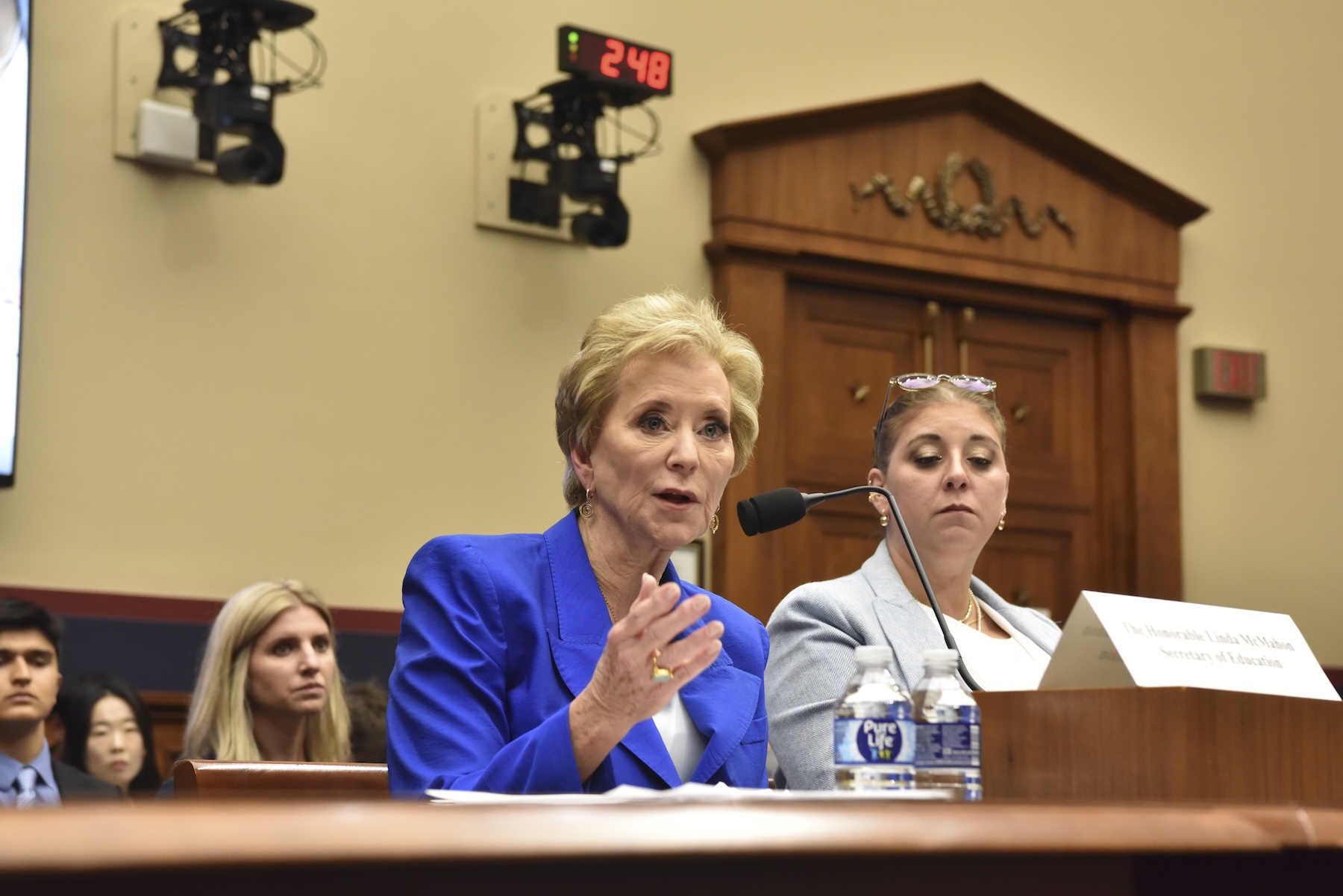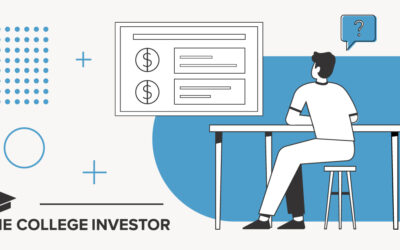Key Points
- The Department of Education will cancel 460,000 SAVE Plan applications, nearly one-third of its backlog.
- Borrowers must reapply for other repayment plans, which could result in higher monthly payments.
- Court rulings have blocked SAVE, and the One Big Beautiful Bill is eliminating it entirely.
The Department of Education plans to cancel hundreds of thousands of pending student loan applications tied to the SAVE repayment plan, according to internal documents obtained by Politico. The move affects roughly 460,000 borrowers, roughly 31 percent of the reported 1.5 million application backlog.
These borrowers had selected “SAVE” on the student loan repayment plan application – which has been blocked by the courts since June 2024. The Biden-era repayment plan that caps monthly payments at 5% of discretionary income for undergraduate loans.
But with Congress eliminating SAVE entirely with the latest One Big Beautiful Bill, and courts continuing to keep the SAVE plan frozen, the department will no longer process these applications.
Would you like to save this?
Confusion About SAVE
The SAVE plan has been stuck in legal limbo for over a year. And the future timelines are still uncertain. While interest is resuming for borrowers in SAVE forbearance, no payments are due yet.
Even though the court initially blocked the SAVE plan in June 2024, borrowers were able to apply for the SAVE plan or select the option “enroll me in the repayment plan with the lowest monthly payment”.

Previous version of the IDR Application.
As a result, some borrowers may not have even realized they selected the SAVE plan. Federal student loan application systems often guide users through income-driven repayment enrollment by asking whether they prefer the lowest monthly payment option. That used to automatically led to SAVE. But with that program now blocked, it’s unclear whether borrowers knowingly selected it or merely followed automated prompts.
Loan servicers have reportedly received instructions not to process any applications associated with SAVE, leaving almost half a million borrowers back in limbo.
What Borrowers Are Facing
Since the court injunction, SAVE has remained unavailable for new enrollment. Borrowers who selected it were placed into forbearance, which paused their payments but also stopped progress toward forgiveness under programs like Public Service Loan Forgiveness (PSLF).
Now, with the Department’s confirmation that SAVE is “no longer an option” and “illegal” to administer, borrowers are being told to reapply entirely. That means starting the repayment selection process over, potentially selecting among new plans that may require higher monthly payments or different qualification standards.
Currently, borrowers can enroll in IBR, ICR, and PAYE. All of these plans likely will have a higher monthly payment than what would have been offered under SAVE.
It’s important to note that both ICR and PAYE are also being eliminated as part of the One Big Beautiful Bill. But that won’t happen until sometime between July 2026 and June 2028. Furthermore, loan forgiveness tied to those plans is paused by the courts. So, for many borrowers switching to IBR is a safer bet.
According to Scott Buchanan, executive director of the Student Loan Servicing Alliance, “Servicers are still processing ICR and PAYE apps that are specifically requesting those plans. I would expect ED to direct cessation of accepting those requests for practical processing time concerns sometime before July 1, 2028 – but not yet.“
New Repayment Plan Coming In 2026
The current administration is rolling out new a repayment plans to replace the existing patchwork of options. Starting July 1, 2026, the new Repayment Assistance Plan (RAP) will roll out and be open to both existing and new borrowers. For loans issued after July 1, 2026, the RAP plan will be the only available income-driven repayment plan.
The new repayment structure is expected to eliminating overlapping eligibility requirements that previously defined the system.
Borrowers who want to ensure progress toward forgiveness, avoid ballooning balances, or simply resume payments will need to select a new repayment option in the meantime.
What Borrowers Should Do Now
If you previously submitted an IDR application and selected SAVE or the lowest payment amount, there’s a strong chance that application is now void. Here are steps borrowers should take:
- Check your application status: Contact your loan servicer or log into your Federal Student Aid account to see if your application was cancelled.
- Submit a new IDR application: Do not wait for a notification. The safest option is to reapply and manually select a repayment plan that is still available.
- Monitor your loan balance and interest: If you’ve been in forbearance while awaiting SAVE, no payments have been required, but interest may have accrued depending on your loan type.
- Keep PSLF requirements in mind: If you’re pursuing forgiveness under the Public Service Loan Forgiveness program, make sure your repayment plan remains eligible and continue submitting annual employer certifications.
- Watch for new plan announcements: The Department has indicated that they are working on launching RAP and what the process will be for automatic migration to IBR for existing borrowers. Keep an eye out on future changes.
Don’t Miss These Other Stories:
New Rules Will Block Forgiveness for Parent Loans
$5,250 of Employer Student Loan Assistance Is Tax-Free
Latest ED Report: 1.5M IDR Applications Still Pending
Editor: Colin Graves
The post 460k SAVE Student Loan Applications To Be Cancelled By ED appeared first on The College Investor.






0 Comments